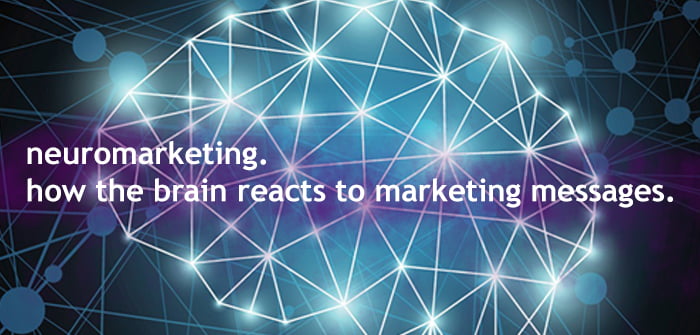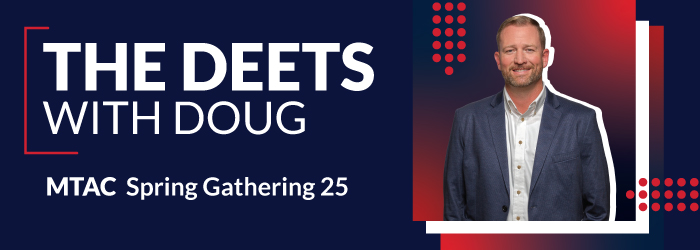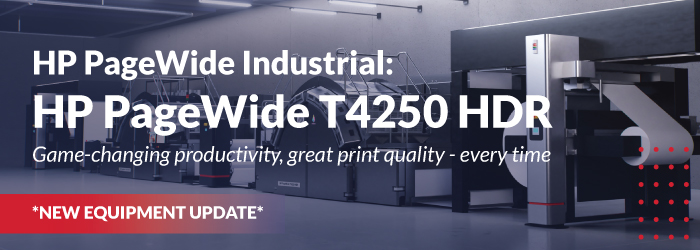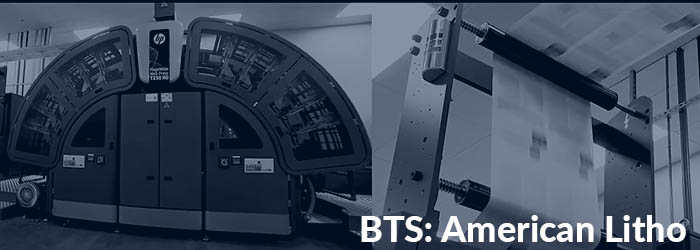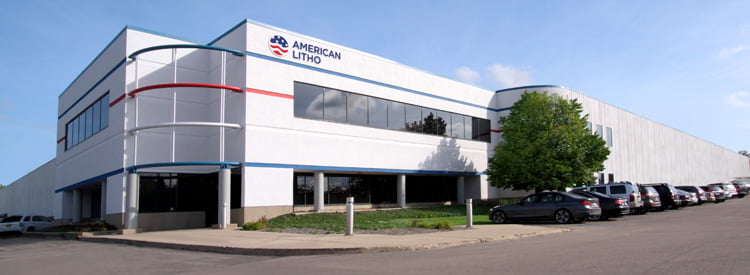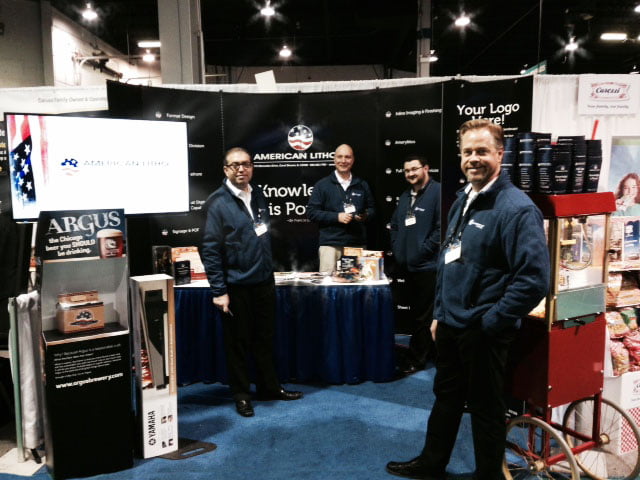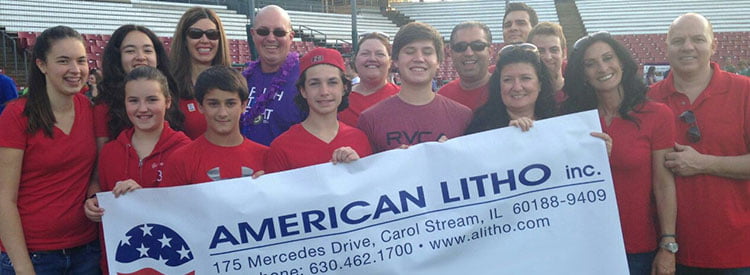What do we know about the best way to engage customers and capture new sales? And how do we know it?
These are crucial questions that should shape your brand’s marketing budget. Unless you’re putting your dollars behind techniques that are proven to work, you’re opening the door for competitors to walk right in and claim their share of your customers’ loyalty – and their future purchases.
At American Litho, we’re fascinated by recent findings from the field of neuromarketing – the scientific study of how the brain reacts to marketing messages. Here are just a few examples of how big brands use insights from this discipline to shape their activities.
• Google uses neuromarketing findings to program search engine algorithms to favor websites that do the best job of informing and engaging visitors.
• Brand experts at Frito-Lay used neuromarketing research to delve into what motivates female consumers. They are now focusing on health messaging to support their food products while avoiding negative, guilt-related statements.
• Campbell’s Soup used neuromarketing data to refresh its iconic soup labels, adding appeal with a swirl of steam above the soup bowl and removing the spoon, which results showed was irrelevant to the design’s appeal.
How do cases like these relate to your brand’s marketing activities? A large-scale study done by True Impact Marketing for Canada Post helps answer this question.
Print and digital go head to head
The study – the largest of its kind ever done – involved 2 integrated marketing campaigns featuring mock brands. Campaign 1 was a high-involvement offer from a travel agency and Campaign 2 featured a low-involvement offer from a retailer. The same creative approach and messaging was applied across print and digital media for both campaigns.
Researchers used EEG, a brain imaging method that records electrical activity, revealing the intensity of the subject’s engagement and recording either positive or negative responses to content. Eye tracking tests were also used to measure the gaze and movement of eyes, showing what captured the subject’s attention.
Here are some of the intriguing findings.
• Print messages require 21% less effort for the brain to process, making them easier to understand and more memorable than digital media.
• Brand recall was stronger with print messages than digital messages.
• Direct mail had a 20% higher motivational response than digital, making it more persuasive overall. The difference was even greater when print messages used multisensory techniques such as touch or scent.
• Direct mail messages were processed more quickly by the eye, suggesting that they get the message across faster than digital messages.
Interestingly, subjects in the study looked at the digital messages longer, but with greater cognitive effort, suggesting they were working harder to make sense of the content. Motivation to act – the only measure associated with future behavior – was much higher for print media.
Dump digital? Not necessarily
Given the hard evidence produced by this study, why wouldn’t you tilt your strategy heavily toward print – or even eliminate digital messages altogether?
Before you slash digital dollars, consider that an omnichannel strategy that blends print with digital tactics is best for millennial customers, who rely on both print and digital media in making buying decisions.
Regardless of consumer age, many of the leading brands we work with have found that print messages can actually drive online traffic and sales. We’ve also found that mobile-based techniques can move customers into brick-and-mortar stores, where printed signs, shelf talkers and other POP messages alert them to special offers and sales.
The net-net? Make sure that print remains a vital part of your total marketing mix. Test methods that marry print efficiently with digital techniques. Not sure where to begin? Just ask us. We’re ready to help.
Frank Arostegui is executive vice president of sales for American Litho. He brings more than 20 years of commercial printing and direct response expertise to his role in serving clients within retail, financial services, insurance, consumer products and non-profit sectors. Frank works closely with the entire ALitho team to help clients build their brands through creative, cost-efficient direct marketing programs. Email Frank at Contact Us or call 630-462-1700 ask for Frank Arostegui
"*" indicates required fields
